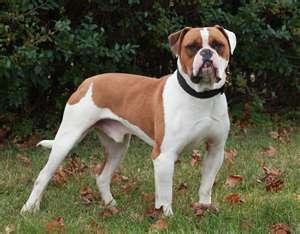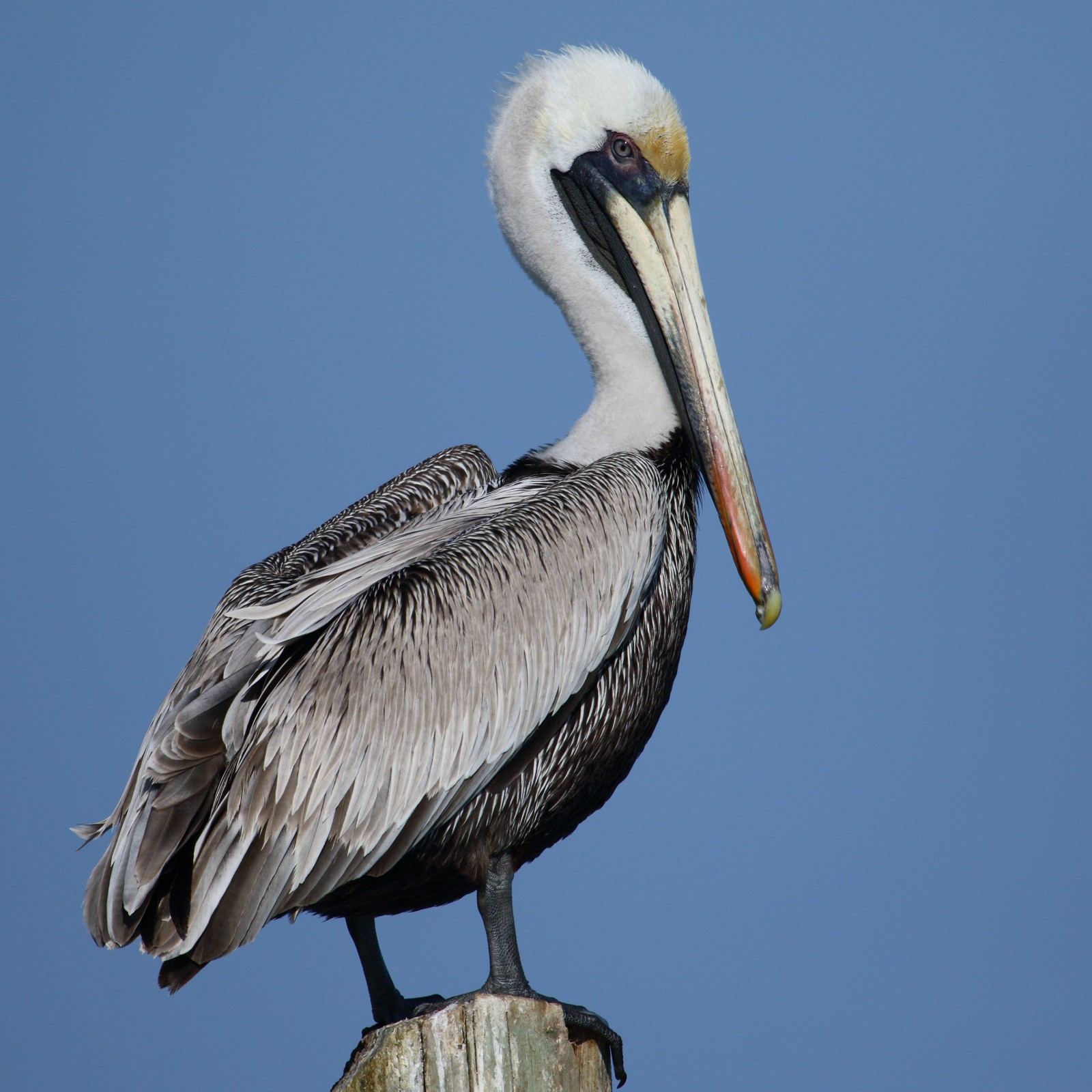Boxer vs American Bulldog: A Complete Comparison
When comparing the Boxer vs American Bulldog, both breeds showcase impressive muscular builds and loyal temperaments, though they differ significantly in size and heritage. American Bulldogs typically weigh 60-120 pounds (27-54 kg), while Boxers are generally lighter at 55-70 pounds (25-32 kg). These working breeds share guardian instincts but express distinct personality traits and physical characteristics that potential owners should understand.
Both breeds trace their origins to working dog lineages, with the Boxer developed in Germany and the American Bulldog preserved in the American South. While they share some common ancestors, their breeding purposes diverged – Boxers toward versatile working roles and American Bulldogs toward farm work and catching livestock.

The Boxer’s distinctive features shine through in this historical postage stamp, highlighting the breed’s characteristic facial structure and athletic build that distinguish it from the American Bulldog.

This American Bulldog exemplifies the breed’s more substantial build and distinctive coat pattern, showcasing key physical differences from its Boxer cousin.
Key Differences: Boxer vs American Bulldog
| Feature | Boxer | American Bulldog |
|---|---|---|
| Weight | 55-70 lbs (25-32 kg) | 60-120 lbs (27-54 kg) |
| Height | 21.5-25 inches (55-63.5 cm) | 20-28 inches (51-71 cm) |
| Lifespan | 10-12 years | 10-16 years |
| Energy Level | Very High | Moderate to High |
| Coat Type | Short, smooth | Short, smooth to slightly coarse |
| Temperament | Playful, patient, protective | Confident, assertive, devoted |
Physical Characteristics and Appearance
The Boxer and American Bulldog share some superficial similarities but display distinct physical traits. Boxers feature a more refined head structure with a distinctive underbite and wrinkled brow. Their bodies are square-built and athletic, with a tucked waist and pronounced chest.
American Bulldogs present a more substantial build with a broader skull and more pronounced muscular development. Their chest is deeper and wider than the Boxer’s, and they typically show greater overall mass, especially in males.
Temperament and Personality Differences
While both breeds excel as family companions, their behavioral tendencies differ noticeably:
- Boxers maintain puppy-like playfulness well into adulthood
- American Bulldogs show more territorial instincts
- Boxers typically bond equally with all family members
- American Bulldogs often form stronger attachments to primary caregivers
Health Considerations
Both breeds face specific health challenges:
Boxer Health Issues:
- Cancer (particularly mast cell tumors)
- Heart problems
- Hip dysplasia
- Degenerative myelopathy
American Bulldog Health Issues:
- Hip and elbow dysplasia
- Neuronal ceroid lipofuscinosis
- Kidney issues
- Thyroid problems
Exercise and Training Requirements
The exercise needs of these breeds differ significantly. Boxers require more consistent, high-energy exercise sessions, typically needing 2 hours of daily activity. American Bulldogs can maintain good health with moderate exercise, though they benefit from regular activity to prevent weight gain.
Training approaches should consider each breed’s characteristics:
Boxer Training:
- Responds well to positive reinforcement
- Needs consistent mental stimulation
- Benefits from agility training
- Can be stubborn during adolescence
American Bulldog Training:
- Requires firm, confident leadership
- Excels with clear boundaries
- Benefits from early socialization
- Needs consistent training throughout life
Making the Choice: Which Breed Is Right for You?
Consider these factors when choosing between a Boxer and American Bulldog:
- Living Space:
- Boxers adapt well to apartments with sufficient exercise
- American Bulldogs prefer homes with yards
- Family Situation:
- Boxers excel with active families and children
- American Bulldogs suit experienced dog owners
- Climate Considerations:
- Both breeds sensitive to extreme temperatures
- Neither suited for outdoor living
- Time Commitment:
- Boxers need more daily exercise
- American Bulldogs require more training focus
Conclusion
The choice between a Boxer and American Bulldog ultimately depends on your lifestyle, experience level, and specific needs. Both breeds offer loyal companionship but require different approaches to care and training. Consider your living situation, activity level, and dog-ownership experience when making this important decision.









